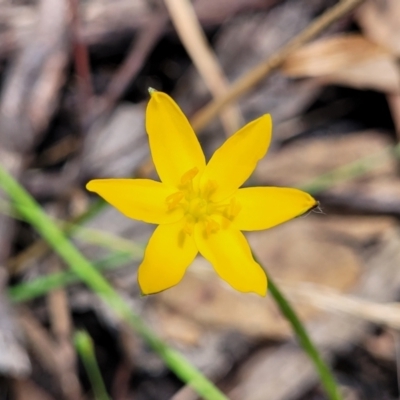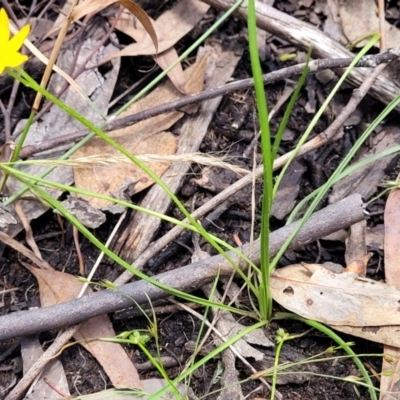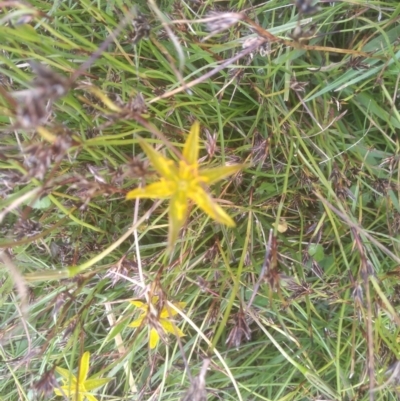Lily or Iris species
This group includes any herbaceous monocot that has prominent flowers in which the flower parts are in two whorls. Monocots have one seed leaf compared to two in dicotyledons. Mature plants are recognised by parallel longitudinal veins in their often narrow leaves and by having flowers parts in threes or multiples of three.
Identification is largely on differences in flower parts, the number of flowers borne at each part of the stem from which a leaf is attached or on the form of basal leaves. Ideally records for lilies and irises should include close-up photographs of the flowers and basal leaves and a shot that shows flower arrangement along the stem.
Page 6 of 11
205

























































































































